
Penetrating particle ANalyzer
(PAN)

PAN is an instrument conceived to precisely measure the flux, composition and arrival direction of highly penetrating particles in space of energy ranging from 100 MeV/n to 20 GeV/n. The design is based on a modular magnetic spectrometer of small size, reduced power consumption and weight which make it suitable for deep space and interplanetary missions.

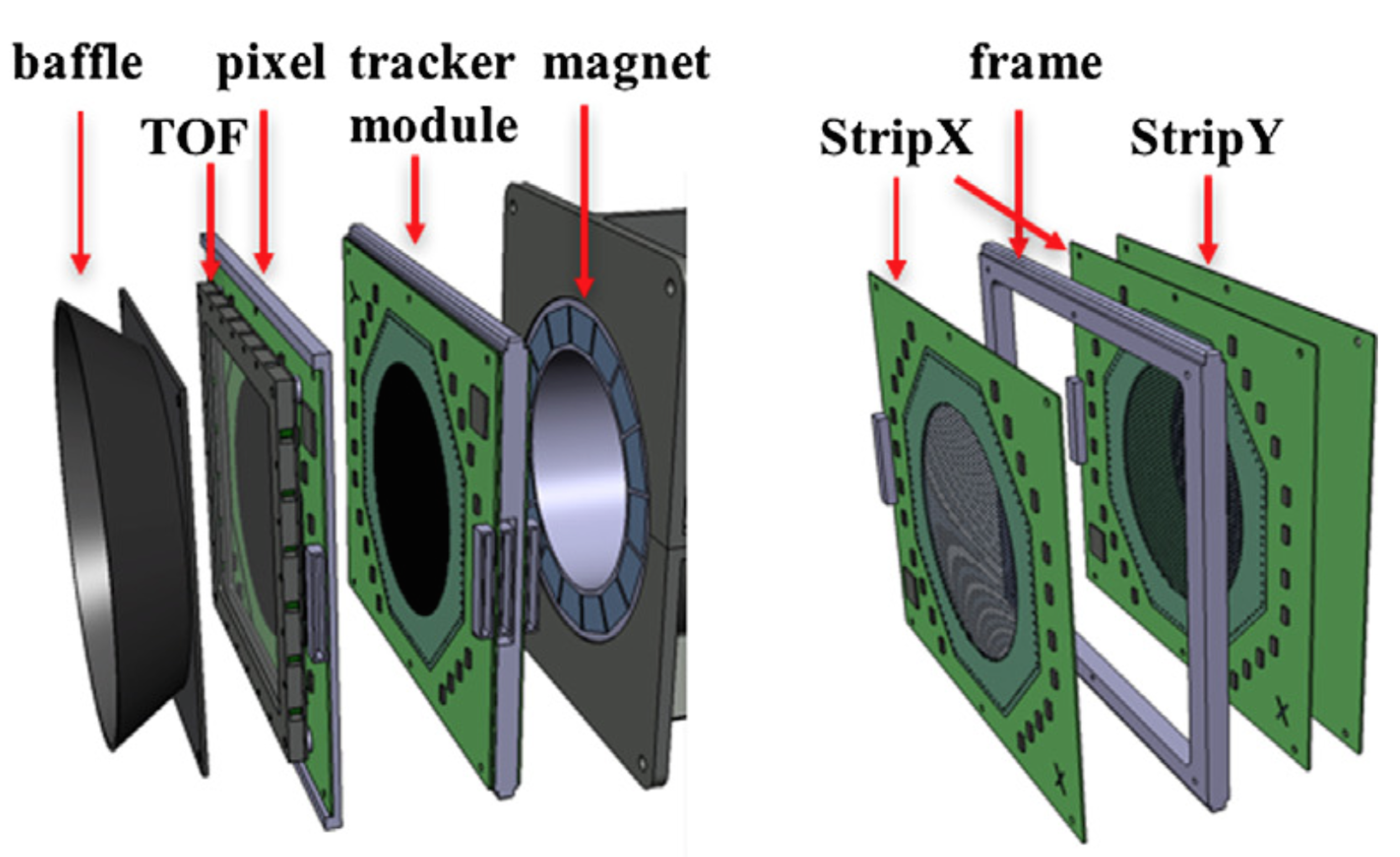

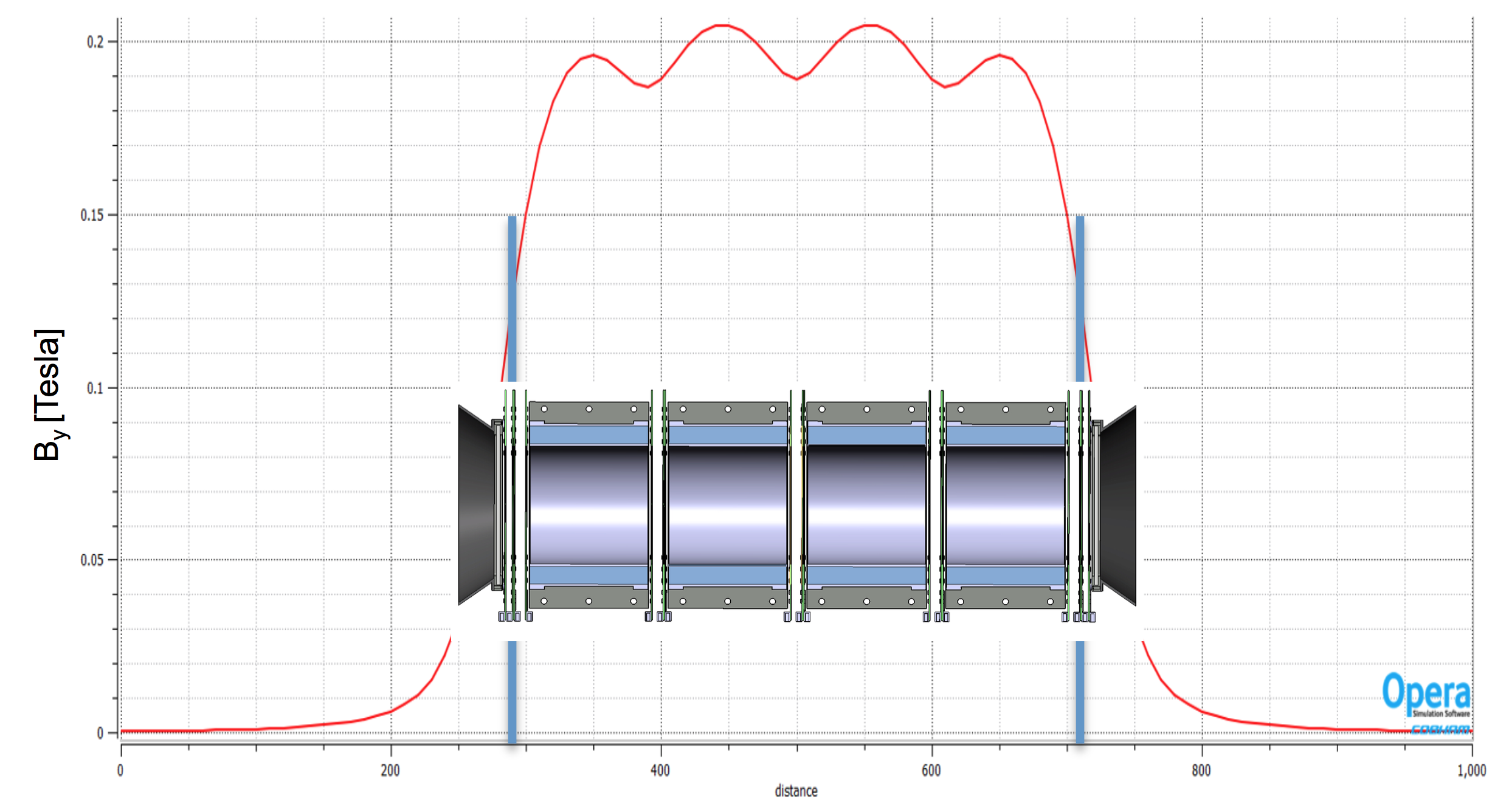

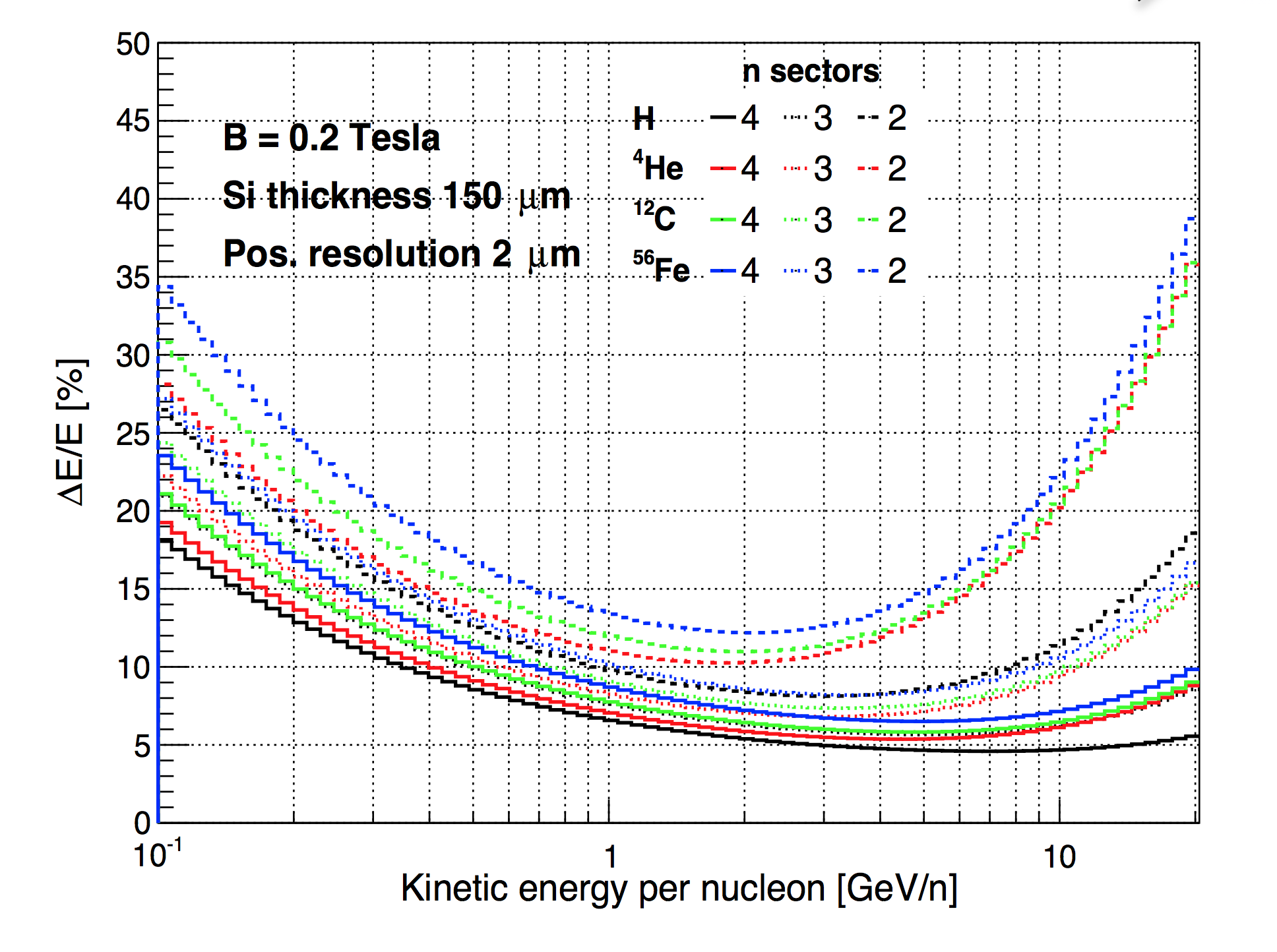
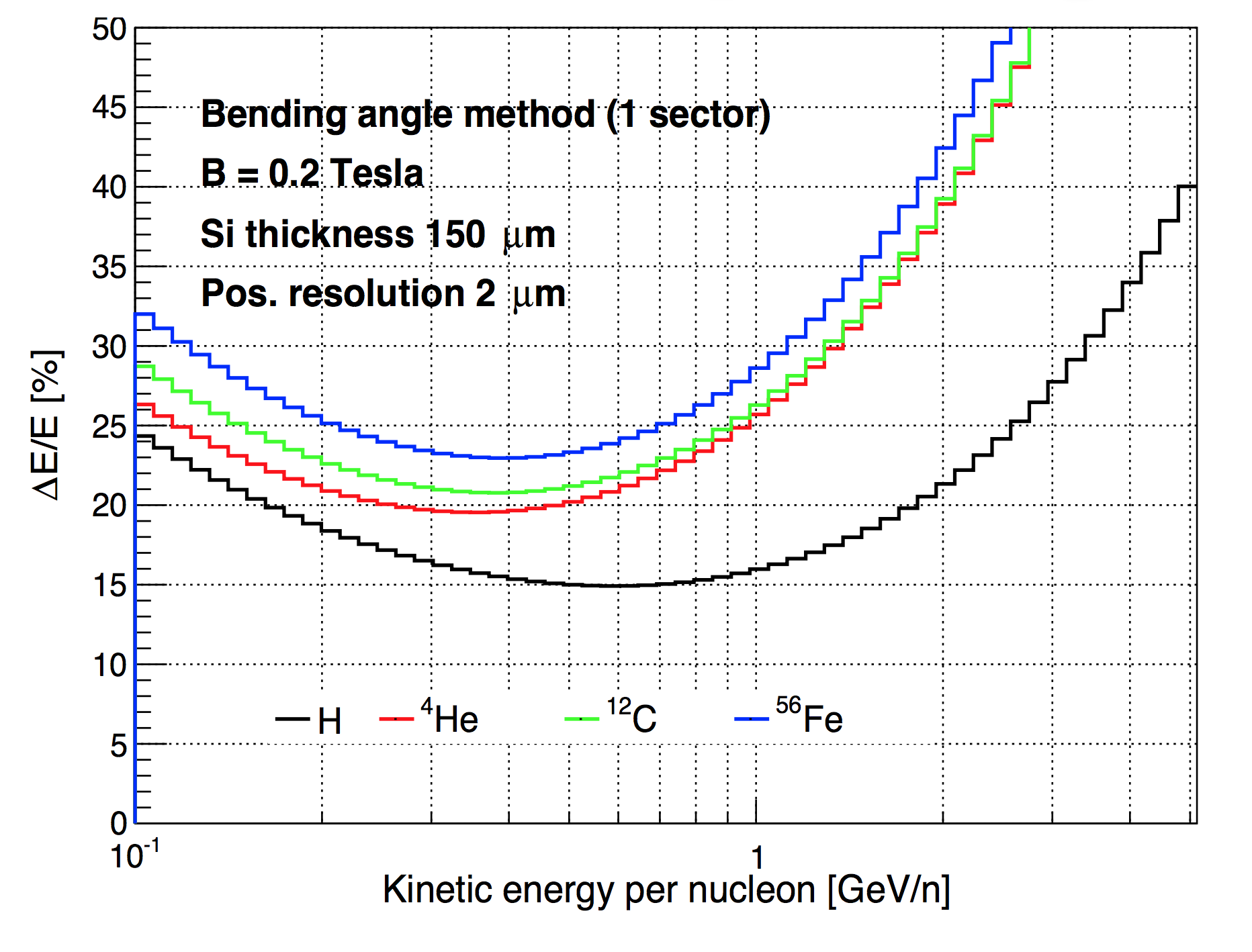
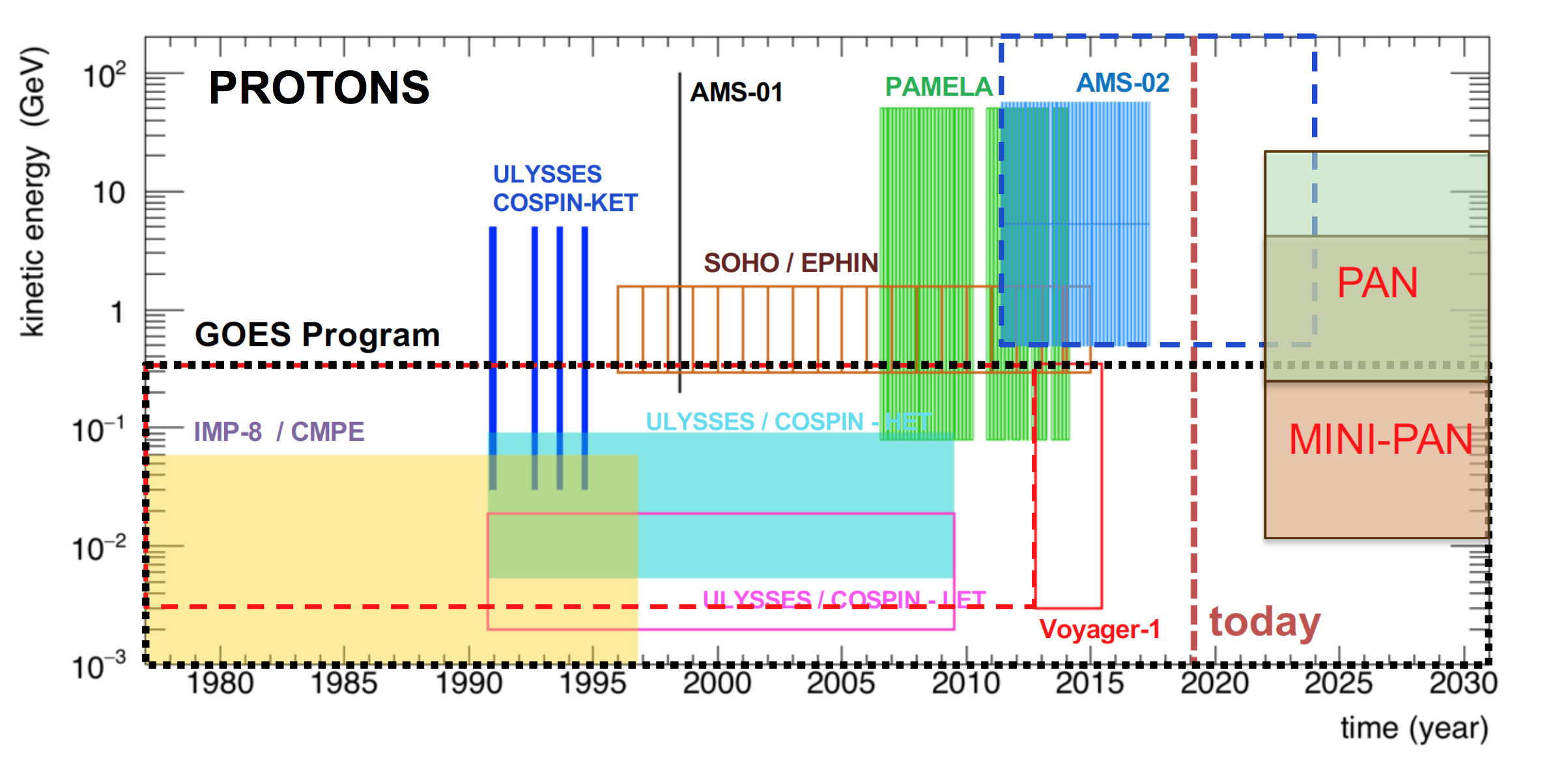

Science objectives:
Energetic particles in space can be emitted by the Sun, as Solar Energetic Particles (SEPs), or by galactic sources, as Galactic Cosmic Rays. Trapped populations are also found in planetary magnetospheres. Precise measurements of their energy spectra and composition in the 100 MeV/n to 20 GeV/n energy range are of great interest to study Solar Modulation of Cosmic Rays, to characterise SEPs, as well as the radiation environment around planets and to improve Space Weather predictions for Deep Space travels.
Particles of energies above 100 MeV/n are highly penetrating, thus the only viable detection technique is by a magnetic spectrometer. However magnetic spectrometers in space have currently only be deployed in Low-Earth missions (Pamela and AMS), while all the deep space instruments rely on the dE/dx vs E method, which requires the particle to stop in the detector material. The PAN instrument aims at filling the current observational gap in deep space radiation monitoring proposing a modular spectrometer suitable for long distance missions.
Mini.PAN: the demonstrator
Mini.PAN detector layout
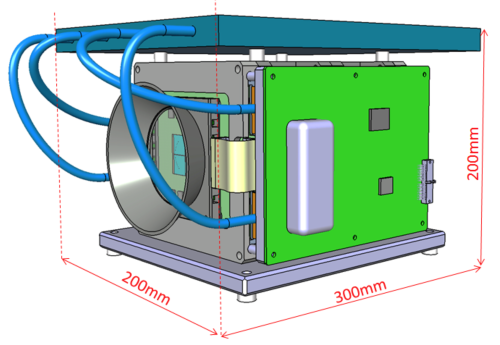
Mini.PAN detector open view
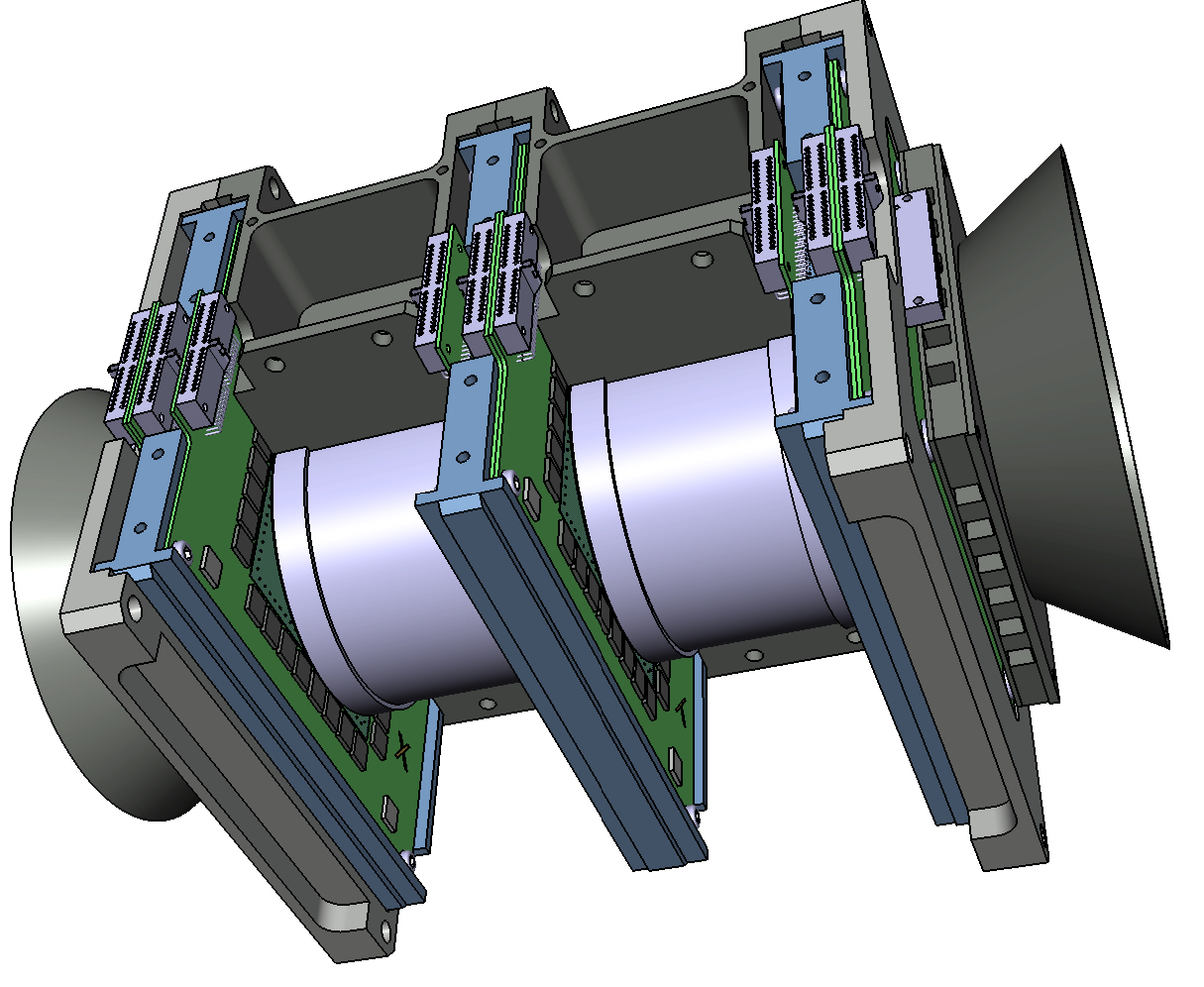
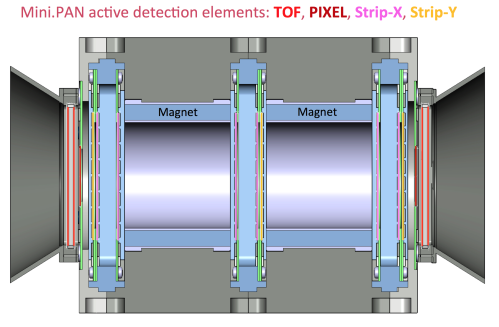
The development of a demonstrator, Mini.PAN, has been funded by a grant from the European Commission within the H2020 Future and Emerging Technologies, FET, program. The objective of this experiment is the in-orbit validation of the key functionality of the instrument. Mini.PAN is a small version of PAN, with a target mass of less than 10 kg and maximal power consumption of about 20W, it will feature two magnetic sectors made of permanent magnets, three stations of silicon-microstrip sensors at each end of the magnetic sectors and in between the two magnets, and two stations of Time Of Flight (TOF) scintillators and Pixel detectors at each end of the instrument. As PAN, mini.PAN is a modular spectrometer: particles entering one or both sectors can be analyzed and their energy measured exploiting the bending angle and the bending radius methods respectively. The geometrical acceptance for particles traversing only 1 magnetic sector is 6.3 cm^2 sr, while for particles traversing the entire instrument is of 2.1 cm^2 sr.
Collaborating Institutes and Members
Departement of Nuclear and Particle Physics (DPNC), University of Geneva, Switzerland
Xin Wu (Principal Investigator), Philipp Azzarello, Mercedes Paniccia, Merlin Kole, Tomoya Iizawa, Pengwei Xie, Franck Cadoux, Yannick Favre, Daniel Lamarra, Jerome Stauffer
National Institute of Nuclear Physics (INFN), Perugia Section, Perugia Italy
Giovanni Ambrosi, Bruna Bertucci, Maria Ionica, Matteo Duranti, Nicola Tomassetti, Mirco Caprai, Sauro Bizzaglia
Institute of Experimental and Applied Physics (IEAP), Czech Technical University in Prague, Prague, The Czech Republic
Benedikt Bergmann, Petr Burian, Yesid Mora, Milan Malich, Lukas Meduna, Petr Manek, Stefan Gohl, Stanislav Pospisil, Jaroslava Merunkova.
Publications
Penetrating Particle ANalyzer (PAN) X.Wu et al., Adv. Space Res. 63, 8, 2672-2682 (2019) https://doi.org/10.1016/j.asr.2019.01.012
NEWS
First PAN Workshop: Mini.PAN kick-off meeting, January 21st- 22nd, Villa Boninchi , Corsier Geneva, Switzerland
ACKNOWLEDGEMENTS
This project has received funding from the European Union's Horizon 2020 research and innovation programme under grant agreement No 862044.
We are grateful to Pierre Alexandre Thonet for the magnet design and to Carlo Petrone and Guy Deferne for the magnetic field measurements.
CONTACT: Xin Wu
DISCLAIMER: All views and opinions expressed on this site are those of the authors and do not necessarily reflect the official policy or position of any other agency, organization, employer or company. In particular the European Commission is not responsible for any use that may be made of the information hereby contained.
Created and Mantained by Mercedes Paniccia
